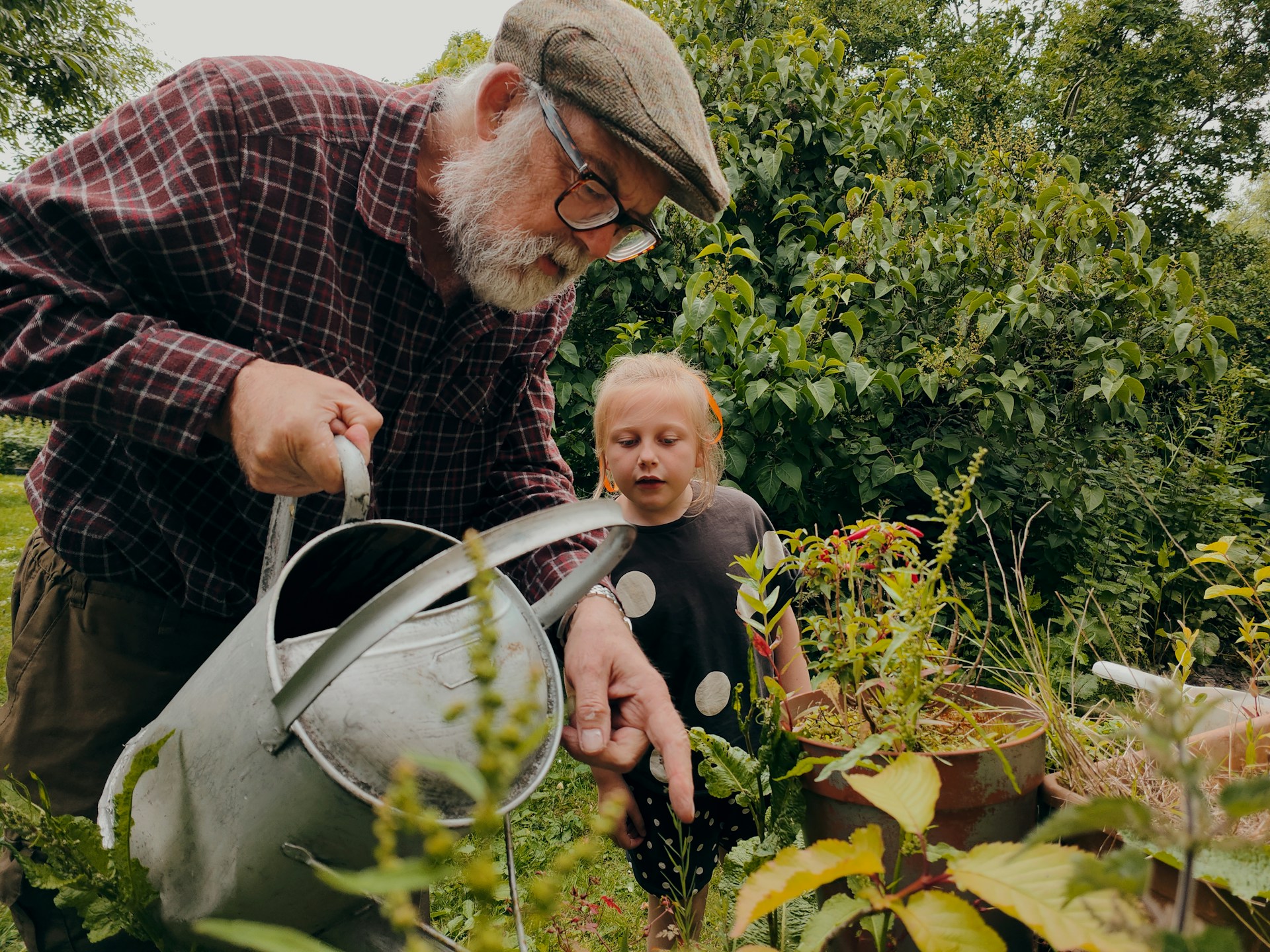Spring brings many outdoor activities and the potential for hand and wrist injuries. One of the most prevalent types of injuries is impact injuries. Falling on an outstretched hand while gardening or participating in sports can result in wrist sprains, strains, fractures, or finger injuries due to falls and outdoor activities.
Common Causes and Factors Contributing to Spring Hand and Wrist Injuries
Unfamiliarity with Activities: Jumping into spring activities without proper preparation, such as unfamiliar sports or gardening tools, can lead to overuse injuries. Rushing into these tasks, especially after a period of inactivity during winter, may strain muscles and tendons or worsen pre-existing conditions like carpal tunnel syndrome.
Repetitive Movements: Engaging in repetitive hand and wrist movements while gardening, performing yard work, doing home repairs, or playing sports can result in specific injuries, such as tendonitis or trigger finger. Injuries are more likely to occur when individuals push themselves after extended periods of activity, leading to carelessness and a lack of awareness of their surroundings.
Improper Technique: Poor form or incorrect technique in gardening, sports, or DIY projects can put undue stress on the hands and wrists, increasing the risk of injury.
Tips for Preventing Hand and Wrist Injuries
To help prevent hand and wrist injuries, consider the following steps:
1.) Learn Proper Techniques: To avoid injury, use the correct posture and hand movements. When trying a new sport, practice slowly until you feel comfortable.
2.) Follow Tool Instructions: When gardening, pay attention to the instructions provided with your tools and be mindful of the proximity of your non-dominant hand to the gardening equipment.
3.) Warm Up: Before any strenuous activity, warm up your hands and wrists with light exercises and stretches, which can lower the risk of overuse injuries.
4.) Take Breaks: Avoid repetitive motions for extended periods. Switch activities and take breaks to allow your hands to rest and reduce the likelihood of injury.
5.) Wear Supportive Gloves (optional): Wearing work gloves made of durable material that provide a good grip when working with gardening tools can potentially minimize injury risk.

When To See a Doctor
If you suspect an injury, use your senses to evaluate whether you need medical attention. Seek help if you can answer “yes” to any of the following questions:
- Is there visible swelling, redness, a deformity, or a suspected fracture?
- Did you hear an audible crack, tear, or pop?
- Are you experiencing numbness, tingling, or difficulty moving your fingers or gripping objects?
- Is there severe pain that begins at any point during the activity and persists without improvement for over two weeks?
By being cautious and taking these preventive measures, you can enjoy your spring activities while minimizing the risk of hand and wrist injuries.
Want to learn more? Download our complimentary PDF booklet, where Dr. Barnard Barragan shares more insight into how to prevent hand and wrist injuries this spring!